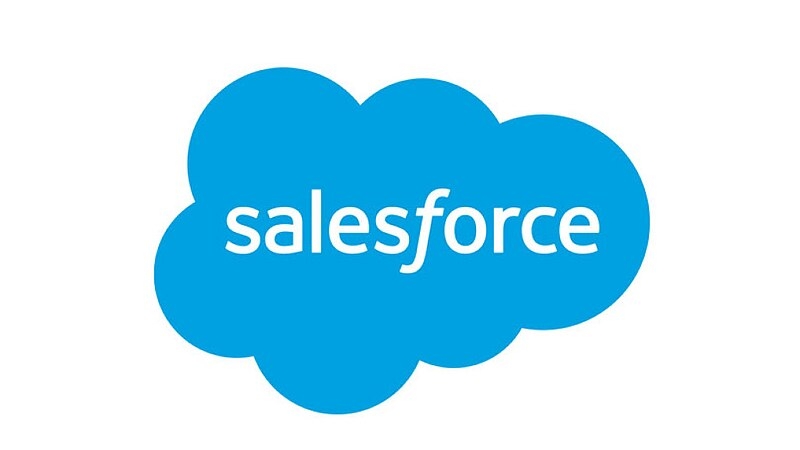Steps in Building a Report in Salesforce

Salesforce is a great tool for data management in business, and one of the most excellent features that it offers is report creation, allowing you to produce highly detailed, customized reports. Whether it's tracking sales, customer behavior, or any type of operational metrics, Salesforce reports provide valuable information to drive decisions. Let's break it down so you can easily create a report in Salesforce and maximize this functionality.
Step 1: Reports Tab
Navigate to the Reports tab in Salesforce. If it does not appear on the main menu, it's accessible by finding it under App Launcher. This is where you go to manage all your reports, so when you want to make a new report or edit an existing one, you're in the right place.
Step 2: New Report
Once you're on the Reports page, click on the New Report button. Then, you'll be brought to a page where you will choose the type of report you want to build. Salesforce has plenty of out-of-the-box report types, but if your reporting needs are rather specialized, you might actually build a custom report type in Salesforce. That is really cool when your reporting needs are unique and the out-of-the-box options don't quite hit the mark.
Step 3: Select a Report Type
You will now have to select an appropriate report type. Salesforce has standard report types, but if your data spans two or more objects or custom fields, you can decide to create a new report type in Salesforce. This allows you to outline the relationship between the objects and display the data exactly how you need it.
Step 4: Customize Your Report
This is where the magic happens. Once you have selected your report type, Salesforce offers a drag-and-drop interface where you can select fields, filters, and groupings. Want to group your sales by region? Maybe filter by date range? You can do all of that here. The interface is intuitive with a preview feature as you build it.
Step 5: Run Your Report
Now, once you've built the report, simply click Run Report, and voilà! Your report will appear in real time. Save it if everything looks good. Here's where Salesforce really shines—you can schedule these reports to run automatically and have them emailed to your entire team.
TechCospace: Your Salesforce Partner
If creating customized reports or navigating Salesforce seems challenging, don't worry; you're not alone. This is where TechCospace steps in. From my personal experience, their team can help set up custom report types, automate workflows, and ensure your data is working for you. They understand the unique challenges businesses face when using Salesforce and can smooth out the entire process. Check out TechCospace for reliable Salesforce solutions!
Step 6: Fine-Tune with Dashboards
After saving your report, don't forget that Salesforce dashboards allow you to visualize your report data in charts and graphs. You can easily add your new report to an existing dashboard or create a new one to get a visual overview of key metrics. Dashboards make it simple to monitor trends at a glance and enable your team to make faster, data-driven decisions.
Conclusion
Building a report in Salesforce is not a complicated process. With the right approach, you can create insightful, business-specific reports. And if you find yourself needing help, TechCospace is there to guide you through the process. So, what are you waiting for? Dive into Salesforce reports today and start uncovering the insights that will drive your business forward!
- Industry
- Art
- Causes
- Crafts
- Dance
- Drinks
- Film
- Fitness
- Food
- الألعاب
- Gardening
- Health
- الرئيسية
- Literature
- Music
- Networking
- أخرى
- Party
- Religion
- Shopping
- Sports
- Theater
- Wellness
- News


